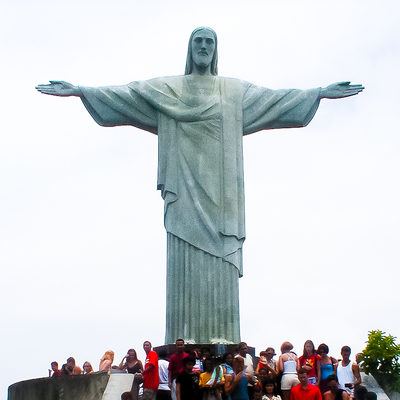Sale on canvas prints! Use code ABCXYZ at checkout for a special discount!

While working as a music director on a cruise ship, I was very fortunate to be able to visit Brazil back in 1999. I got a chance to see so many great things and I also got to hear some of the best music in the world. I love Samba and Bossa Nova.
I took this pic with my first digital camera. It was an Olympus C830L. 1.3 megapixels! WOW! Haaaa!!! Hey, I was impressed! My, how things have changed since then. Now-a-days, most inexpensive smart phones have way more megapixels than that.
The famous photographer Chase Jarvis once said, “the best camera is the one that's with you." In 1999 almost no one had a smart phone. They became popular in 2007 when Apple created the Iphone. Even though my Olympus had very few megapixels, I still loved using that camera. It inspired me to go out and take pics every day. I loved not having to wait to get photos developed. You could see the results instantly and print them that night if you wanted to.
The mountain this statue is on is called Corcovado, which means "hunchback" in Portuguese. It is located in central Rio de Janeiro (River of January in English), Brazil. It is a 2,329 ft (710 meters) granite peak located in the Tijuca Forest, a national park.
Corcovado hill lies just west of the city center but is wholly within the city limits and visible from great distances. It is known worldwide for the 125 ft (38 meters) statue of Jesus atop its peak, entitled Cristo Redentor or Christ the Redeemer.
As you can see from the people in the picture, this statue is huge! I am so glad I got a chance to see it in person.
From the peak's platform the panoramic view includes downtown Rio, Sugarloaf Mountain, the Lagoa Rodrigo de Freitas (lake), Copacabana and Ipanema beaches, Estádio do Maracanã (Maracanã Stadium), and several of Rio's favelas.
Cloud cover is common in Rio and the view from the platform is often obscured. Sunny days are recommended for optimal viewing.